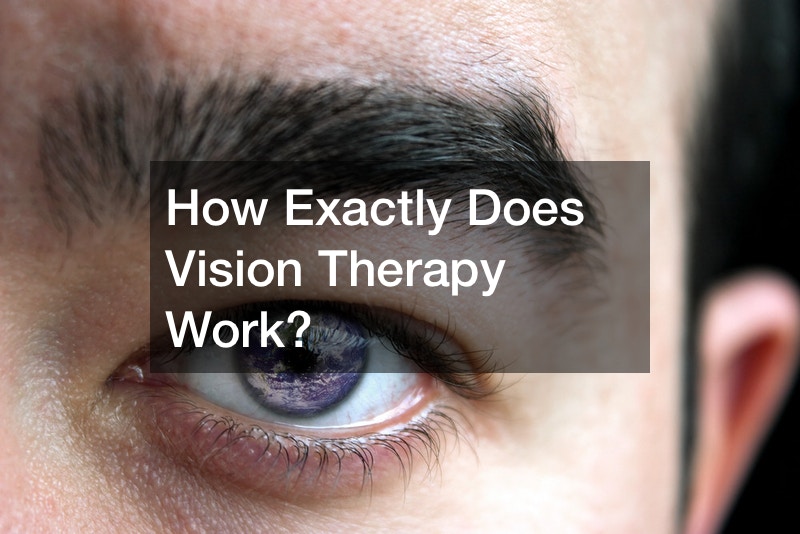
Disclaimer: This website provides health information for educational purposes only and is not a substitute for professional medical advice, diagnosis, or treatment. Always seek the guidance of a qualified healthcare provider with any questions you may have.
The National Eye Institute states that many studies show that vision therapy helps children with their hand-eye coordination, tracking objects with their eyes and more. It can also help athletes improve their performance. Dr. John Abbondanza explains just how vision therapy works.
Vision therapy starts with easy exercises that progressively get harder. This is a natural way of learning. Each new skill learned serves as a building block for more complex tasks. Exercises not only help the eyes, but helps train the brain to see better. Your brain never stops learning.
Exercises are tailored to each individual’s needs. They are meant to be just hard enough to keep a patient’s interest, but not so hard that a patient can get easily discouraged. The goal is for a patient to perform an exercise successfully at least 80% of the time. Over time, a skill like developing peripheral vision can be done without even thinking about it. It becomes automatic.
Individual exercises include reading an eyechart while bouncing on a Hippty-Hop-like device, catching rings on your arm, one-armed juggling, and walking on a very low balance beam while swinging a ball at the end of a rope.
Vision therapy is only meant to be a temporary solution to help improve visual skills.
